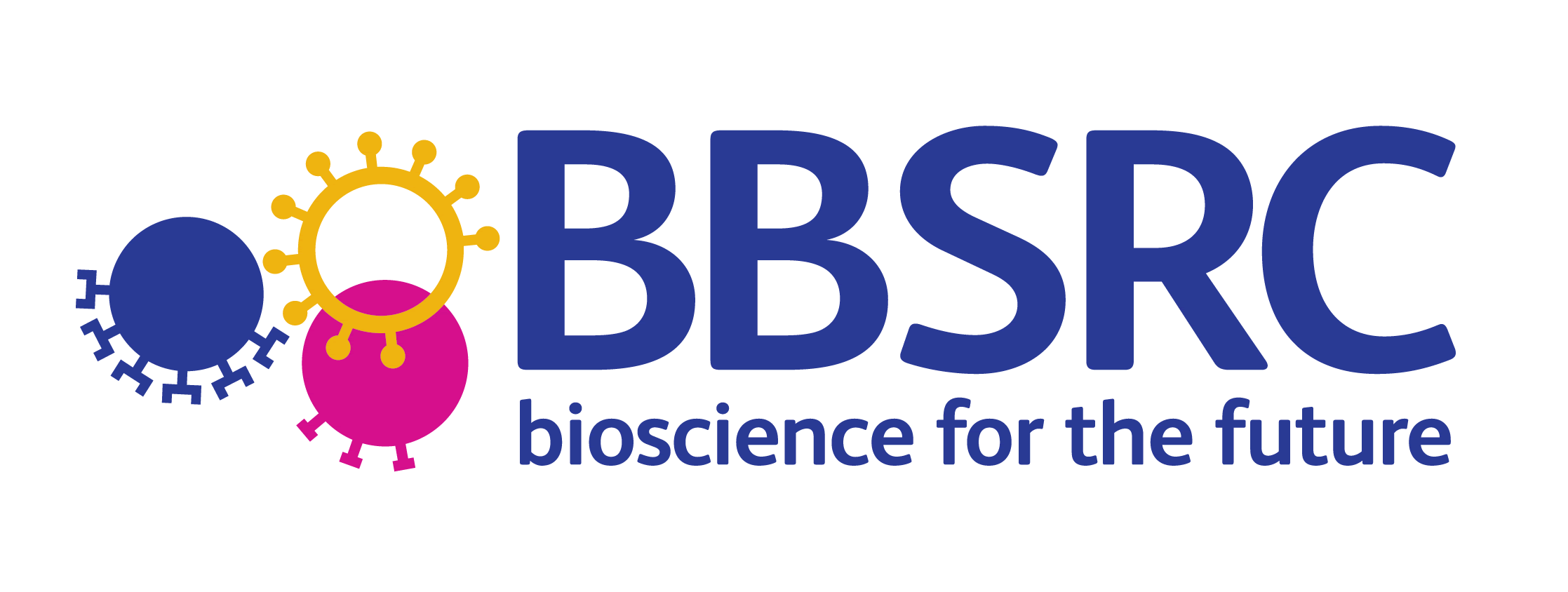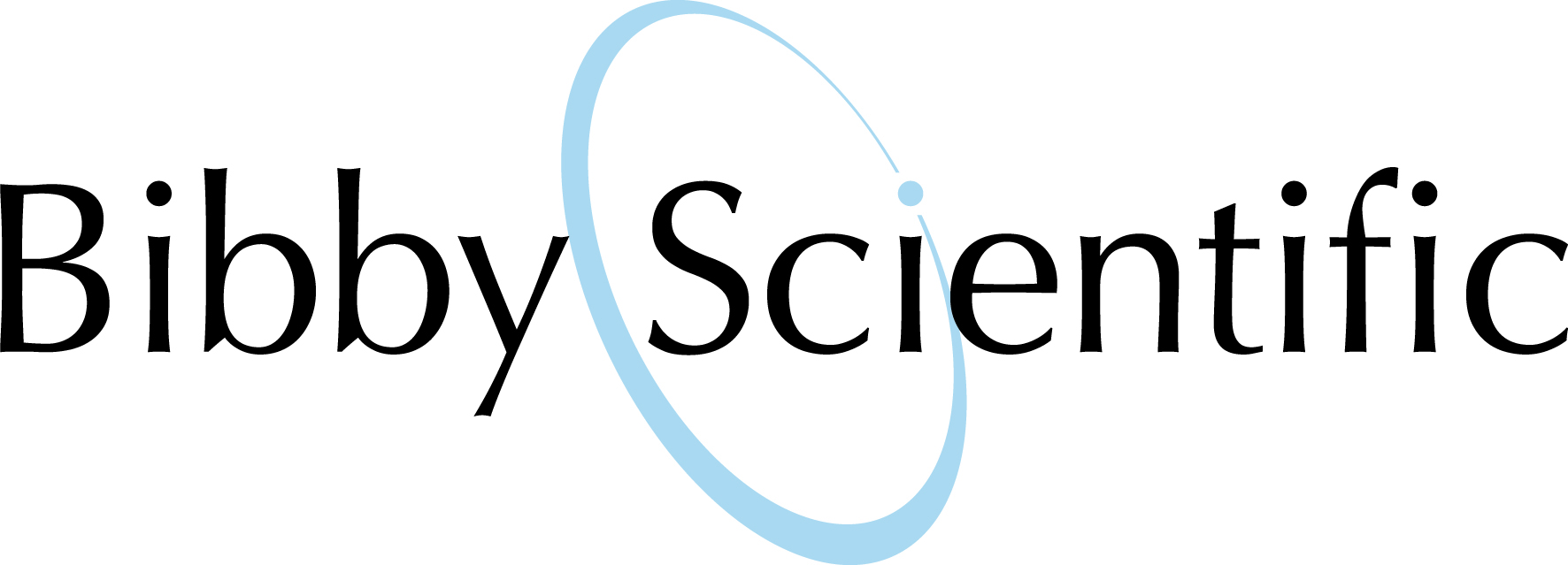Difference between revisions of "Team:Cambridge-JIC/Downloads"
Simonhkswan (Talk | contribs) |
|||
| (76 intermediate revisions by 5 users not shown) | |||
| Line 2: | Line 2: | ||
<html> | <html> | ||
| − | <section style="background-color:# | + | <section style="background-color: #fff"> |
| − | <div class="slide"> | + | <div class="slide" style="min-height:0px"> |
| − | <div | + | <div style="width: 100%; padding: 0% 10%; margin: 30px 0px;color:#000;min-height:0px"> |
| − | + | <center><h1>Downloads</h1></center> | |
| − | + | <center><p style="color:#444">Every single file you can get from our Wiki. All in one place.</p></center> | |
</div> | </div> | ||
</section> | </section> | ||
| − | <section style="background-color:# | + | |
| + | <section style="background-color: #444" id="OpenScope"> | ||
<div class="slide"> | <div class="slide"> | ||
| − | <h3> | + | <div style="width: 100%; padding: 0% 10%; margin: 30px 0px;color:#fff;min-height:0px"> |
| − | + | <h3>OpenScope</h3> | |
| − | + | <p>We are dedicated to making the OpenScope easy to assemble and use, even for the inexperienced user. We have put together a detailed instruction and compressed all 3d-printable designs into a single archive. For more help and troubleshooting - visit our <a href="//2015.igem.org/Team:Cambridge-JIC/Make_Your_Own" class="blue">Make Your Own</a> page. There you can also find some helpful (and entertaining) videos. With these resources available, everyone will be able to build and use the OpenScope. In fact, we think putting together the OpenScope is a great engineering experience for beginners.</p> | |
| − | + | <center><img src="//2015.igem.org/wiki/images/0/0e/CamJIC-OpenScope-Shadow.png" width="200px;float:left"></center><br> | |
| − | + | <center><a class="btn btn-default" href="//2015.igem.org/wiki/images/5/57/CamJIC-MYO.pdf" role="button" style="color:#444;border-color:#fff;;margin:10px">instructions</a><a class="btn btn-default" href="//2015.igem.org/wiki/images/d/d5/CamJIC-OpenScope.zip" role="button" style="color:#444;border-color:#fff;margin:10px">printables</a></center> | |
| − | + | </div></div></section> | |
| − | + | ||
| − | + | ||
| − | + | <section style="background-color: #fff" id="Learn"> | |
| − | + | ||
| − | + | ||
| − | + | ||
| − | + | ||
| − | + | ||
| − | + | ||
| − | + | ||
| − | + | ||
| − | + | ||
| − | + | ||
<div class="slide"> | <div class="slide"> | ||
| − | <h3> | + | <div style="width: 100%; padding: 0% 10%; margin: 30px 0px;color:#000;min-height:0px"> |
| + | <h3>Learning Resources</h3> | ||
| + | <p><b>Licensing Guide</b></p> | ||
| + | <p>As part of our Human Practices, "Open-Source Hardware: An iGEM Guide" is available as a starting point for future teams on the Hardware Track:</p> | ||
| + | <center><a class="btn btn-default" href="//2015.igem.org/wiki/images/d/db/CamJIC-Practices-Guide.pdf" role="button" style="color:#444;border-color:#bbb">download guide</a></center> | ||
| + | <!--<p><b>Optics Bench</b></p> | ||
| + | <p>What path will light take through the microscope? Which lenses do we need, and how do we arrange them? These are some of the very first questions one must answer when designing a microscope. Optical design professionals construct and optimize their light paths using commercial software, then construct their physical prototypes using an optical table. These tables can cost over 10 000 GBP as they are designed to maximise the stability of the optical elements, by isolating them from any vibrations that may be transmitted through the legs. For our OpenScope, this is rather excessive. So here is our low-cost, open-source alternative! 3D print these parts, get a magnetic board, some cylindrical magnets, and experiment.</p>--> | ||
| + | <p><b>Microscopy Workshop</b></p> | ||
| + | <p>As part of our Outreach, we organised a microscopy workshop. The teaching resources used are available here:</p> | ||
| + | <center><a class="btn btn-default" href="//2015.igem.org/wiki/images/4/40/CamJIC-Outreach-Microscopy.pdf" role="button" style="color:#444;border-color:#bbb;;margin:10px">Microscopy Workshop</a></center> | ||
| + | <p><b>Programming the Arduino Guide</b></p> | ||
| + | <p>Want to learn to program Arduinos? As part of our outreach workshop, we introduced school students to the basics. The resources we made can be useful to anyone:</p> | ||
| + | <center><a class="btn btn-default" href="//2015.igem.org/wiki/images/a/a7/CamJIC-Outreach-ArduinoBooklet.pdf" role="button" style="color:#444;border-color:#bbb;;margin:10px">Arduino Booklet</a> | ||
| + | <a class="btn btn-default" href="//2015.igem.org/wiki/images/a/a1/CamJIC-Outreach-ArduinoNotes.pdf" role="button" style="color:#444;border-color:#bbb;;margin:10px">Arduino Notes</a> | ||
| + | <a class="btn btn-default" href="//2015.igem.org/wiki/images/0/06/CamJIC-Outreach-ArduinoEx.pdf" role="button" style="color:#444;border-color:#bbb;;margin:10px">Arduino Exercises</a> | ||
| + | <a class="btn btn-default" href="//2015.igem.org/wiki/images/0/04/CamJIC-Outreach-ArduinoEx3.txt" role="button" style="color:#444;border-color:#bbb;;margin:10px">Exercise 3 Solution</a> | ||
| + | <a class="btn btn-default" href="//2015.igem.org/wiki/images/d/d1/CamJIC-Outreach-ArduinoEx4.txt" role="button" style="color:#444;border-color:#bbb;;margin:10px">Exercise 4 Code</a> | ||
| + | <a class="btn btn-default" href="//2015.igem.org/wiki/images/d/d9/CamJIC-Outreach-ArduinoEx4S.txt" role="button" style="color:#444;border-color:#bbb;;margin:10px">Exercise 4 Solution</a></center> | ||
| + | <p><b>Filter Choice Modeling</b></p> | ||
| + | <p>Thinking of imaging a fluorescent protein? Download our Python script that helps you choose the most appropriate filters and mirrors for your microscope. For more info, visit the <a href="https://2015.igem.org/Team:Cambridge-JIC/Modeling" class="blue">Modeling</a> page.</p> | ||
| + | <center><a class="btn btn-default" href="//2015.igem.org/wiki/images/b/b4/CamJIC-Modeling.zip" role="button" style="color:#444;border-color:#bbb">download package</a></center> | ||
| + | </div></div></section> | ||
| − | <a href="//2015.igem.org/wiki/images/ | + | <section style="background-color: #444" id="Tech"> |
| − | + | <div class="slide"> | |
| − | + | <div style="width: 100%; padding: 0% 10%; margin: 30px 0px;color:#fff;min-height:0px"> | |
| − | + | <h3>Technical Specifications</h3> | |
| − | + | <p><b>Stage Drift Characterisation</b></p> | |
| − | + | <p>Stage drift can affect time-lapse imaging. We analysed the drift of our microscope to asses its significance.</p> | |
| − | + | <center><a class="btn btn-default" href="//2015.igem.org/wiki/images/5/52/CamJIC-Specs-Drift.pdf" role="button" style="color:#444;border-color:#444">download pdf</a></center> | |
| − | + | <p><b>Resolution Assessment</b></p> | |
| − | + | <p>Detailed information on the calculations required to determine OpenScope's resolution and to design the optics housing can be found here:</p> | |
| + | </p><center><a class="btn btn-default" href="//2015.igem.org/wiki/images/8/81/CamJIC-Specs-Optics.pdf" role="button" style="color:#444;border-color:#fff">download pdf</a></center> | ||
| + | <p><b>Translation Precision</b></p> | ||
| + | <p>Information on how the resolution of the translation stage was determined is provided here:</p> | ||
| + | <center><a class="btn btn-default" href="//2015.igem.org/wiki/images/4/4d/CamJIC-Specs-Movement.pdf" role="button" style="color:#444;border-color:#fff">download pdf</a></center> | ||
| + | <p><b>Bill of Materials</b></p> | ||
| + | <p>A full Bill of Materials, including cost and source, is available for download here:</p> | ||
| + | <center><a class="btn btn-default" href="https://static.igem.org/mediawiki/2015/d/d0/CamJIC-OpenScope-BOM.pdf" role="button" style="color:#444;border-color:#fff">download pdf</a></center> | ||
| + | <p><b>Power Consumption Analysis</b></p> | ||
| + | <p>Calculating the battery life of our microscope required analysis of its power consumption. The details of this analysis are given below.</p> | ||
| + | <center><a class="btn btn-default" href="//2015.igem.org/wiki/images/7/73/CamJIC-Specs-Power.pdf" role="button" style="color:#444;border-color:#444">download pdf</a></center> | ||
| + | <p><b>Strength and Flexibility Testing</b></p> | ||
| + | <p>Three-point being tests were carried out to characterise the material properties of PLA. Information on the results is available below. In short: OpenScope is stronger than you would expect.</p> | ||
| + | <center><a class="btn btn-default" href="//2015.igem.org/wiki/images/3/37/CamJIC-Specs-Materials.pdf" role="button" style="color:#444;border-color:#fff">download pdf</a></center> | ||
| + | </div></div></section> | ||
| − | |||
| − | |||
| − | |||
| − | |||
| − | |||
| − | |||
| − | |||
| − | |||
| − | |||
| − | |||
| − | |||
| − | |||
| − | |||
| − | |||
| − | |||
| − | |||
| − | |||
| − | <a href="//2015.igem.org/wiki/images/ | + | <section style="background-color: #fff" id="Software"> |
| − | + | <div class="slide"> | |
| − | + | <div style="width: 100%; padding: 0% 10%; margin: 30px 0px;color:#000;min-height:0px"> | |
| − | + | <h3>Software</h3> | |
| − | + | <p><b>Github Repository</b></p> | |
| − | + | <p>The full contents of our Github repository are available here:</p> | |
| − | + | </p><center><a href="http://github.com/sourtin/igem15-sw/" class="btn btn-default btn-lg" style="color:#444;border-color:#444"><i class="fa fa-github"></i>Visit our github</a> <a href="//2015.igem.org/wiki/images/f/fe/CamJIC-Dist-OpenScope-Utilities.zip" class="btn btn-default btn-lg" style="color:#444;border-color:#444;"><i class="fa fa-download"></i>Download All</a></center> | |
| − | + | <p><b>OpenScope Image</b></p> | |
| − | + | <p>The NOOBSCOPE SD card image is available here. This gives you everything we've developed for OpenScope. Just a few steps: | |
| − | + | <ol> | |
| + | <li><p>Format your SD card as FAT32 (Windows and Mac users may download the SD Formatter software <a href="//www.sdcard.org/downloads/formatter_4/" class="blue">here</a>; just install, run, and select your SD card in the menu provided).</p></li> | ||
| + | <li><p>Unzip the NOOBSCOPE.zip file and drop all the contents of the NOOBSCOPE directory directly into the SD card.</p></li> | ||
| + | <li><p>Put the SD card into your Raspberry Pi, turn it on, select NOOBSCOPE, and click install!</p></li> | ||
| + | <li><p>Now that you have installed the image, you will notice (if you have plugged in the wifi adapter we recommend) a wifi | ||
| + | network named OPENSCOPE. Connect to this (password is PASSWORD) and point your browser to <a href="https://192.168.0.1:9000/" class="blue">https://192.168.0.1:9000/</a> to start using OpenScope. The default OpenScope login is:<br> | ||
| + | </p><center><code>Username: admin</code></center><br> | ||
| + | <center><code>Password: test<br></code></center> | ||
| + | <p><i>Note: These are different from the username and password on the Pi's OS itself, see below how to change.</i></p></li> | ||
| + | <li><p>To secure the Raspberry Pi:</p> | ||
| + | <ul> | ||
| + | <li><p>Get <a href="http://www.chiark.greenend.org.uk/~sgtatham/putty/" class="blue">PuTTY</a> on Windows and after connecting to the OPENSCOPE network, open PuTTY, set the host to 192.168.0.1 and connect.<br> | ||
| + | </p><center><code>Username: pi</code></center><br> | ||
| + | <center><code>Password: raspberry<br></code></center> | ||
| + | <p><i>Note: You will not see your password when you type it - this is normal and is intended to hide it.</i></p></li> | ||
| + | <li><p>If on Linux/Mac OSX, no need to install anything. Connect to the OPENSCOPE network and open Terminal and run the command:<br></p><center><code>ssh pi@192.168.0.1</code></center><p><br>Enter the password (raspberry) and press enter. You will not be able to see anything as you type your password - this is normal for security.</p></li> | ||
| + | </ul></li> | ||
| + | <li><p>To change the default password, type in:<br> | ||
| + | </p><center><code>passwd</code></center><br><p> | ||
| + | and press enter. You will be prompted about entering your new password.</p></li> | ||
| + | <li><p>To update the OpenScope software to the latest and greatest version, connect an ethernet cable to the Pi and connect it to a router. Then, after opening an ssh connection as above, instead of running passwd, run:<br> | ||
| + | </p><center><code>cd ~/igem15-sw/; git pull</code></center><p><br> | ||
| + | This will pull the latest code and done!</p></li> | ||
| + | </ol> | ||
| + | <p><em>For more detailed instructions, follow those of the official Raspberry Pi foundation <a href="//www.raspberrypi.org/help/noobs-setup/" class="blue">here</a>, substituting Raspbian for NOOBSCOPE where appropriate.</em></p> | ||
| + | <p>Instructions to get started are available in the README file in our Github Repository (see above), or on the <a href="//2015.igem.org/Team:Cambridge-JIC/Make_Your_Own" class="blue">Make Your Own</a> page.</p> | ||
| + | <center><a href="//2015.igem.org/images/Cambridge-JIC-NOOBSCOPE.zip" class="btn btn-default btn-lg" style="color:#444;border-color:#444">NOOBSCOPE</a></center> | ||
| + | <p><b>ImageJ Plug-In</b></p> | ||
| + | <p>OpenScope wouldn't be complete without a plug-in to your favourite microscopy software software. Download it here:</p> | ||
| + | <center><a href="//2015.igem.org/wiki/images/8/8b/CamJIC-Dist-OpenScope-ImageJ.zip" class="btn btn-default btn-lg" style="color:#444;border-color:#444">ImageJ Plugin</a></center> | ||
| + | </div></div></section> | ||
| − | + | <a rel="license" href="http://creativecommons.org/licenses/by-sa/4.0/"><img alt="Creative Commons Licence" style="border-width:0" src="https://i.creativecommons.org/l/by-sa/4.0/88x31.png" /></a><br /><span xmlns:dct="http://purl.org/dc/terms/" property="dct:title">Open Scope Documentation</span> by <a xmlns:cc="http://creativecommons.org/ns#" href="//2015.igem.org/Team:Cambridge-JIC" property="cc:attributionName" rel="cc:attributionURL" style="color:#1b4f18;">Simon Swan, Katerina Naydenova, </a> <a href="//www.phy.cam.ac.uk/people/rwb27" style="color:#1b4f18;">Richard Bowman</a> is licensed under a <a rel="license" href="http://creativecommons.org/licenses/by-sa/4.0/" style="color:#1b4f18;">Creative Commons Attribution-ShareAlike 4.0 International License</a>. Please note that all contributions to 2015.igem.org are considered to be released under the Creative Commons Attribution. | |
| − | + | ||
| − | + | ||
| − | + | ||
| − | + | ||
| − | + | ||
| − | + | ||
| − | + | ||
| − | + | ||
| − | + | ||
| − | + | ||
| − | + | ||
| − | + | ||
| − | + | ||
| − | + | ||
| − | + | ||
| − | + | ||
| − | + | ||
| − | + | ||
| − | + | ||
| − | + | ||
| − | + | ||
| − | + | ||
| − | + | ||
| − | + | ||
| − | + | ||
| − | + | ||
| − | + | ||
| − | + | ||
| − | + | ||
| − | + | ||
| − | + | ||
| − | + | ||
| − | + | ||
| − | + | ||
| − | + | ||
| − | + | ||
| − | + | ||
</html> | </html> | ||
{{:Team:Cambridge-JIC/Templates/Footer}} | {{:Team:Cambridge-JIC/Templates/Footer}} | ||
Latest revision as of 03:28, 19 September 2015











